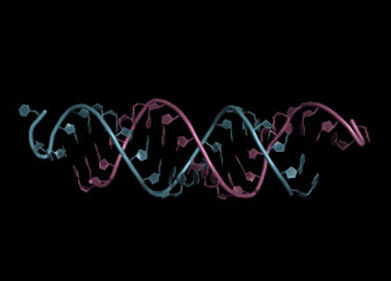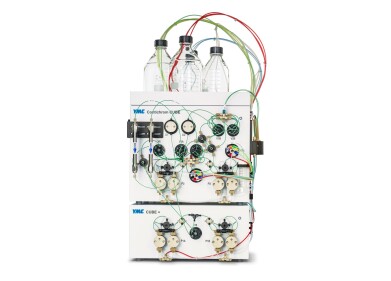Liquid Chromatography
Finding a Neutralizing Nanobody for Sars-COV-2 with the Help of Chromatography
Mar 27 2021
Coronavirus disease 2019 is the third major outbreak of coronavirus in the last twenty years. The disease is caused by the SARS-CoV-2 virus, which is closely linked to SARS-CoV, several bat coronaviruses and pangolin coronaviruses. But SARS-CoV-2 has a higher human-human transmissibility. Patients have had many suffered symptoms from mild to severe respiratory illness; some people remained asymptomatic and the death toll due to Covid-19 is in the millions.
Researchers are searching for a cure, something that currently medicine cannot offer, only treatments to alleviate the symptoms and give the body time to fight back. A recent study in China, reported in MedComm - A potent neutralizing nanobody against SARSâ€CoVâ€2 with inhaled delivery potential - reports on work to identify a potential neutralising nanobody to SARS-CoV-2 that could be inhaled. And chromatography was at the forefront of the work.
Spike proteins and coronavirus
Like other coronaviruses, it is the now famous spike protein on SARS-CoV-2 that plays a vital role in binding to cells and allowing then allowing the virus to enter our cells. The protein is a glycoprotein that is a homotrimer – a protein formed of three identical polypeptide units. There are two functional subunits, S1 and S2, on the spike glycoprotein.
S1 is responsible for binding the host to the virus using the C-terminal receptor binding domain on the virus and an enzyme known as ACE2 on the cell. The S2 subunit also plays a role in allowing the virus to join onto the host cell. The ability of the virus to merge with a host cell is down to a combination of receptor binding, proteolytic processing, and structural rearrangement of the S-proteins. In the study referenced above, the researchers identified nanobodies able to identify receptor binding domains on SARS-CoV-2 virus.
A multitude of chromatographic techniques solves the problem
The team isolated antibodies isolated from camels that had been immunized with SARS-CoV-2 spike receptor binding domain. The team identified over 380 nanobodies, including some that could recognise the receptor binding domain on the SARS-CoV-2 virus. The used a wide variety of different chromatography techniques including protein A affinity chromatography and hydrophobic chromatography to purify and collect the nanobodies.
The nanobodies were then analysed using size exclusion chromatography and liquid chromatography. Analysis of small particles using liquid chromatography is discussed in the article, Fast Analysis of Biomolecules by Using Smaller and Innovative Particles. One of the potential advantages of the nanobodies is their ability to be delivered using a nasal spray.
Digital Edition
Chromatography Today - Buyers' Guide 2022
October 2023
In This Edition Modern & Practical Applications - Accelerating ADC Development with Mass Spectrometry - Implementing High-Resolution Ion Mobility into Peptide Mapping Workflows Chromatogr...
View all digital editions
Events
Jan 20 2025 Amsterdam, Netherlands
Feb 03 2025 Dubai, UAE
Feb 05 2025 Guangzhou, China
Mar 01 2025 Boston, MA, USA
Mar 04 2025 Berlin, Germany












